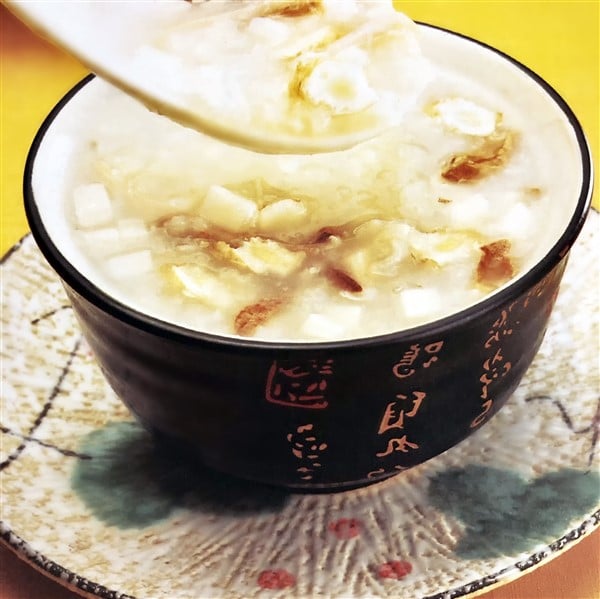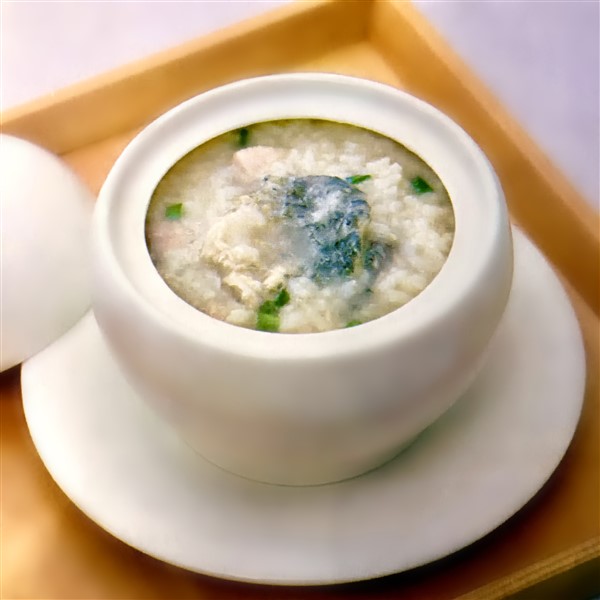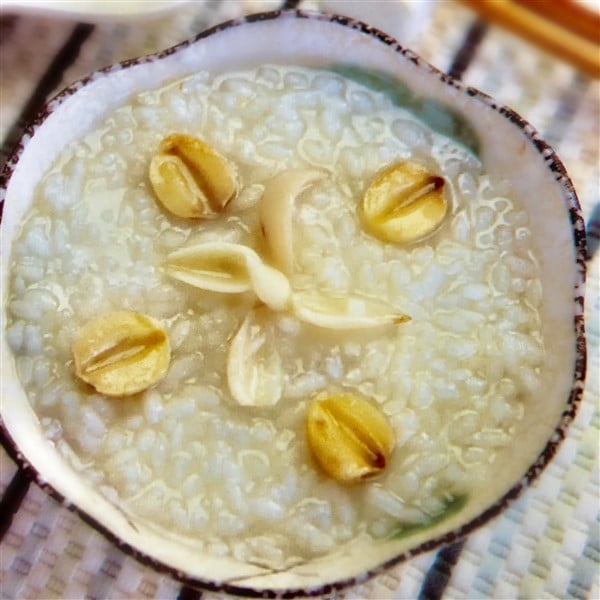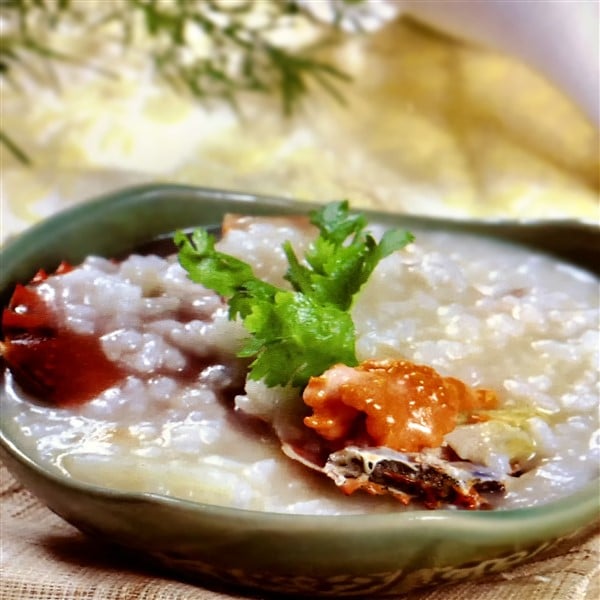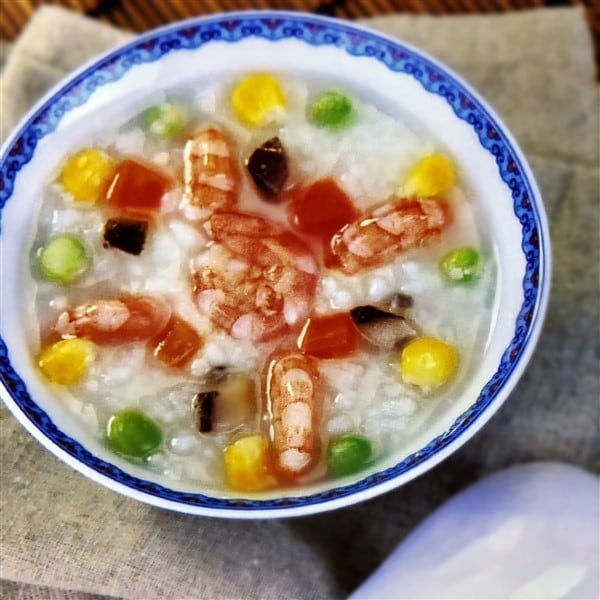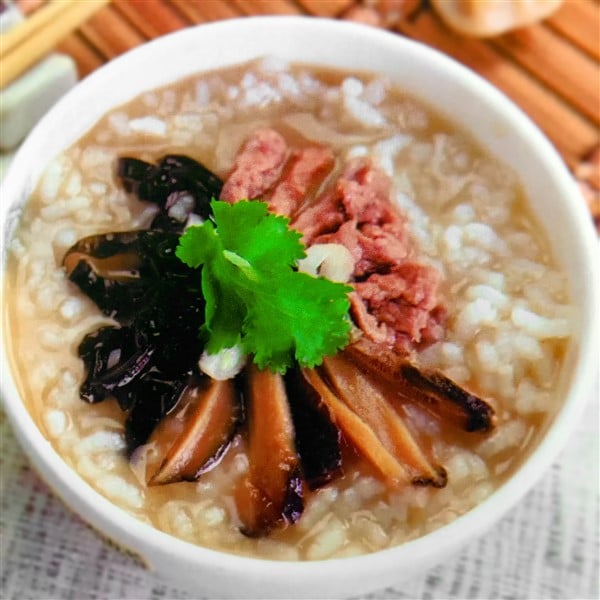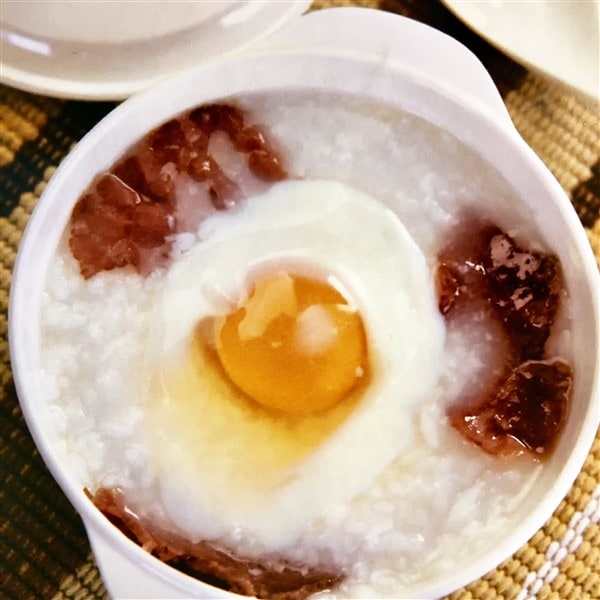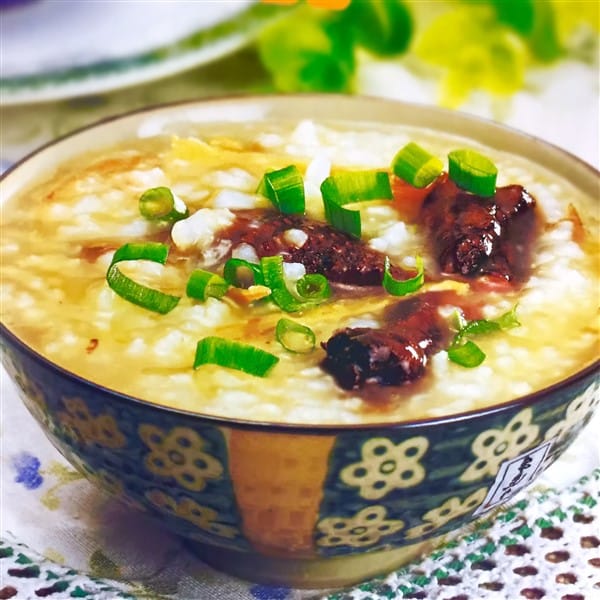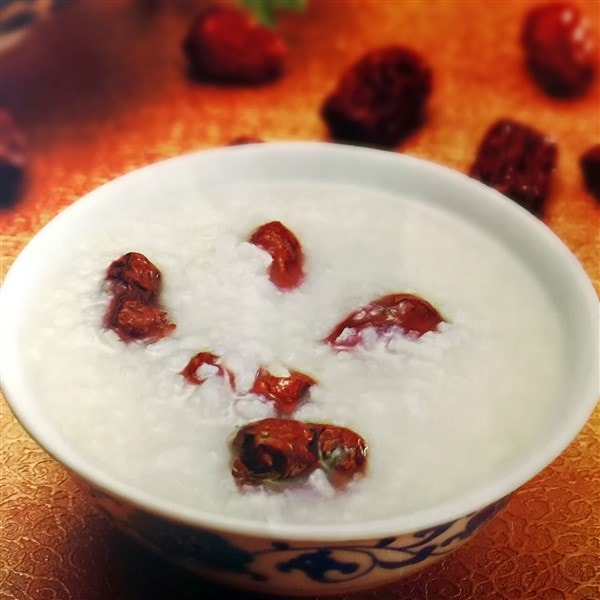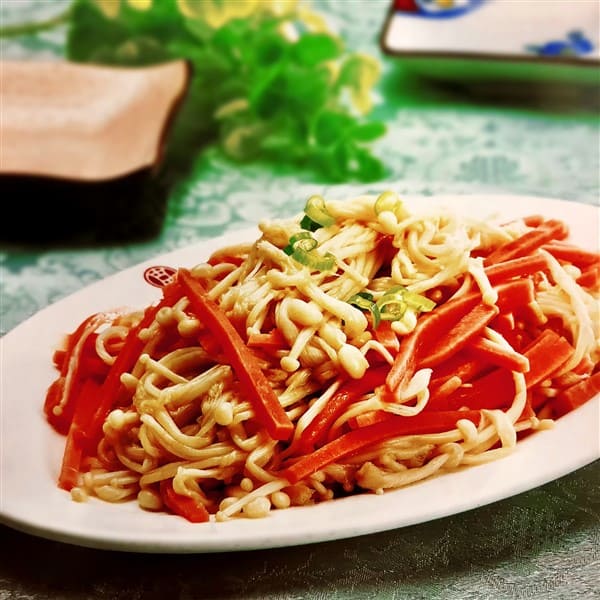Congee
The Encyclopedia of Congee
We have compiled here the congee recipes and secrets of nutritionists and master chefs from Guangdong, Hong Kong, and the rest of China, forming a collection of over 100 types of nourishing Cantonese congee and pairing dishes to serve with congee. We've selected a plethora of the healthiest and most classic, authentic, and enticing Cantonese congee recipes.
Our detailed explanations include the handling of ingredients and step-by-step cooking directions so that you can learn to make great-tasting congee right away. In addition, we will reveal the nutritional benefits of each type of congee, as well as the secret tricks for bringing out its delicious flavors. This is where you will find the most detailed, scientific, and clear congee recipes. And aside from learning how to make congee, we'll also share with you the culture and history related to the food.
A Little Background on Congee
The enticing health benefits of congee have been known for millennia in China. The enriching nutritional effects of Cantonese congee and its great taste have made it widely popular. It is known for its diversity of types, wide range of ingredients, the skill required to make it, and its smooth texture. Congee dishes must be made with extreme care. Traditional Cantonese congee was made in clay pots, where it was first brought to a rolling boil over high heat, and then cooked thoroughly over low heat. Seasoning is an essential part of making congee, and while options for seasoning are diverse, ginger and scallions are typically seen as indispensable ingredients.
Cantonese congee is typically sweet. Congee is also great for mixing in medicinal herbs in Chinese food therapy. The diversity of ingredients used in congee has created a wide variety of types and tastes, like rice congee, fruit congee, vegetable congee, pork congee, egg congee, and seafood congee. Some of the most common congee dishes include pork and century egg congee, chicken congee, beef congee, fish congee, and sliced pork congee. It is undeniably enjoyed by people from all over the world.
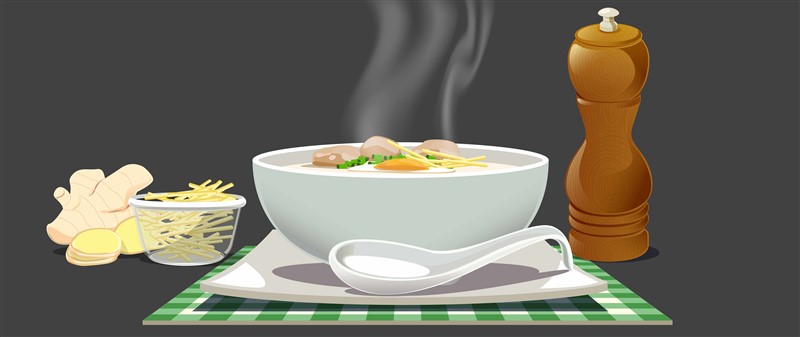
The World of Congee
Cantonese people are renowned for their love of congee. Whether it's for breakfast or a late-night snack, they need to have their soft, delicious congee. The varieties of Cantonese congee are immense – pork liver congee, fish congee, Sampan congee, pork innards congee, and many other congee dishes have come from Guangdong.
Congee: The Most Nourishing Food in the World
Congee is so full of nutritional value that it used to be called "congee of the immortals" and "the most nourishing food in the world". Congee was said to improve complexion when eaten in the spring, relieve internal heat when eaten in the summer, nourish the body when eaten in the fall, and warm the stomach when eaten in the winter. As can be seen, congee is a nutritional food no matter what time of the year one consumes it.
The Beginning of Congee with Chinese Medicine and Herbs
Congee has a long history in China. In the Revised Records of the Grand Historian, it is mentioned that congee was invented by the Yellow Emperor himself. By the Han dynasty, congee had taken on medicinal uses as well. In Records of the Grand Historian, it is clearly stated that the famed physician Chun Yuyi used congee to treat the King of Qi's illness. During the Qing dynasty, nutritionists asserted that congee could treat disease and extend life. This all reveals that congee occupies a high position in traditional Chinese culture for maintaining good health, and it is intimately connected with the people of China.
In Congee Records, Northern Song poet Zhang Lei showed a clear understanding of the nourishing effects of congee: "The greatest dietary choice one can make is to consume one bowl of congee on an empty stomach each morning upon rising. It will activate the grain qi and give substantial nourishing effects."
Ingredients
Grains are primary ingredient in congee. Properly stewed congee has a splendid texture that is easy to digest, making it suitable for young and old alike. Congee comes in a wide variety of styles, and it can be cooked with all kinds of nutritious food ingredients or medicines, such as lotus seed, hyacinth bean, red date, seed of Job's tears, lily, china root, walnut, ham, mutton, beef, fish, chicken, and egg. There is corn congee in Northeast China, pea congee in Beijing, black rice and seed of Job's tear congee in Yunnan, red bayberry and sweet bean congee in Suzhou, Laba congee in Fuzhou, fish congee in Guangdong, preserved egg congee, Sampan congee, and more. These types of congee are highly nutritious, delicious, and act to nourish the body.
In terms of cooking congee, in Chinese cuisine congee is usually divided into normal congee and alternative congee. Normal congee is made by using only rice. Alternative congee, on the other hand, includes the addition of all kinds of ingredients, resulting in a diverse array of congee that range in taste from savory to sweet and everything in between.
